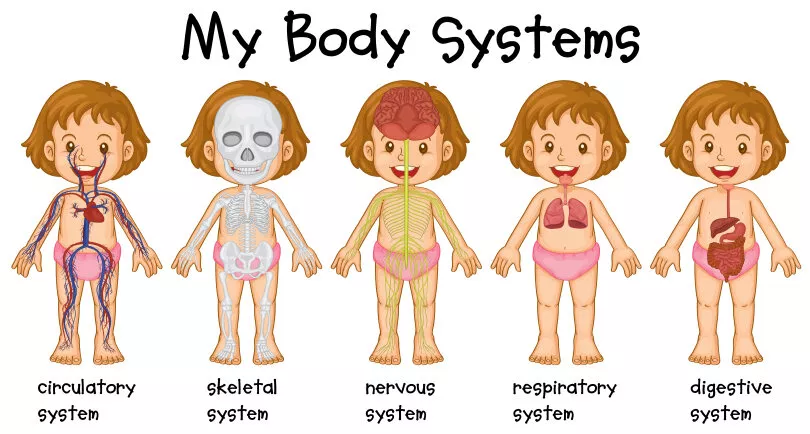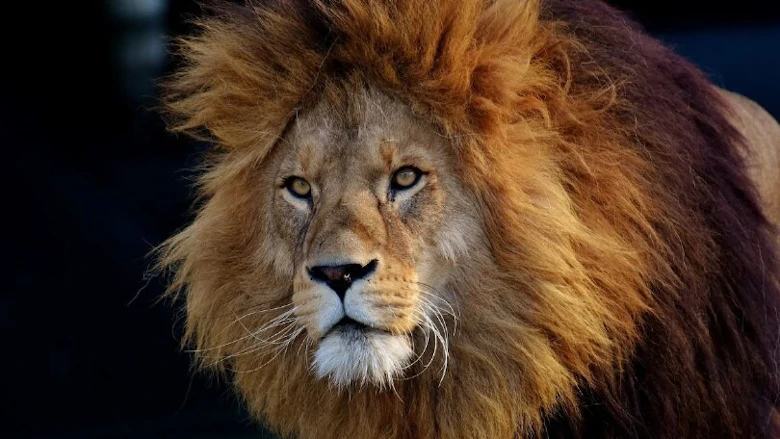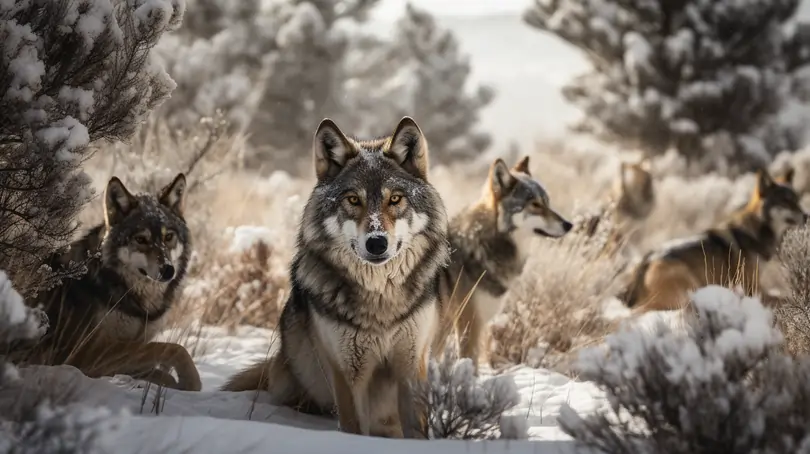Food Webs: Roles And Relationships
In this article, you will be introduced to food webs in the environment according to the Singapore Primary 6 Science syllabus. We will examine how food webs are formed and how the population of one organism may affect the populations of the other organisms in the food web.
Food Chain
A food chain shows how the organisms are related to each other by the food that they eat in the ecosystem and also shows the energy transfer from one organism to the next organism. A food chain shows how each organism is dependent on each other for survival. A food chain always begins with a food producer (plant). The energy from the food producer is being passed down or transferred to the organisms that consume it.
Energy Transfer In A Food Chain
Energy is used by organisms for life processes such as the pumping action of the heart, digestion and maintaining body temperature. Thus, the amount of energy that is being transferred or passed down a food chain decreases. As less energy is transferred down the food chain, the organisms towards the end of the food chain will not be able to obtain sufficient energy to carry out life processes. Thus, the food chains are usually short and consist of not more than five organisms. Organisms usually have more than one food source for survival. This will lead to the formation of a food web.
Food Web
A food web is the interconnected food chains in a particular environment. It is made up of at least 2 interconnected food chains. It also shows the overall food relationships between different organisms in that environment. As energy decreases down a food chain, the organisms will have to depend on other food sources to obtain sufficient energy for their survival. Thus, organisms usually have more than one food source to ensure the survival of their own kind.
How to write a food web?
The following are two food chains that are found in a particular habitat.
\(\textsf{rice plant} \;\xrightarrow[\quad]{}\; \textsf{field mouse} \;\xrightarrow[\quad]{}\; \textsf{python}\)
\(\textsf{rice plant} \;\xrightarrow[\quad]{}\; \textsf{grasshopper} \;\xrightarrow[\quad]{}\; \textsf{sparrow} \;\xrightarrow[\quad]{}\; \textsf{python}\)
When the two food chains are combined together, they form a food web which shows the relationship between the organisms in that habitat.
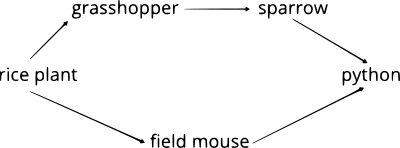
How will a change in the population size of an organism affect the rest of the organisms in a food web?
When there are more organisms in a community, the food web becomes larger and more complicated. Thus, when any one of the organisms in the food chain or food web is being affected by any reason, the other populations of organisms will also be affected. There are many reasons why the population of an organism will be affected. Some reasons are increased predation, spreading of disease, introduction of a non-native species, and natural disasters like floods, droughts and wildfires.
Using the following food chain as an example, what happens when the rats are being infected by a disease which causes the population of rats to decrease?
\(\textsf{maize} \;\xrightarrow[\quad]{}\; \textsf{rat} \;\xrightarrow[\quad]{}\; \textsf{snake} \;\xrightarrow[\quad]{}\; \textsf{eagle}\)
As there are fewer rats available for the snakes to feed on, some of the snakes will eventually die from starvation, causing the population of snakes to decrease. As there are fewer snakes available for the eagles to feed on, some of the eagles will eventually die from starvation, which causes the population of eagles to decrease. As there are fewer rats to feed on the maize, the maize will continue to reproduce and grow. Thus, this increases the population of the maize.
However, after a long period of time, overcrowding of the maize will cause them to compete with each other for resources such as space, water, sunlight and nutrients. This will cause some of the maize to die, which causes the population of maize to decrease.
Using the following food web as an example, a disease caused a large number of organism B to die. Explain how this would affect the population of Organism D.
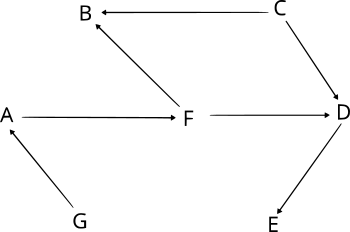
As there is fewer organism B to feed (prey) on organisms C and F, the population of organisms C and F will increase. Thus, there will be more organisms C and F for organism D to feed on, causing the population of D to increase.
Conclusion
In this article, we learnt about how food webs are being formed and how the organisms are interdependent on each other. We also understood how the population of one organism will affect the populations of the other organisms in the food web.
| Continue Learning | |
|---|---|
| Interaction: Introduction to Force | Living Together |
| The Environment And Relationships | Food Chains: Roles And Relationships |
| Interaction Of Forces: Friction | Food Webs: Roles And Relationships |
| Energy In Food | |
Test Yourself
Study the food web below.
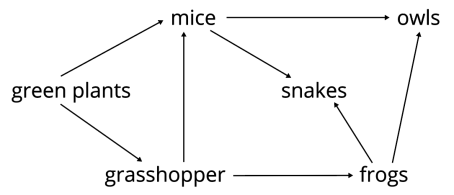
How many food chains are there in the figure above?
green plants → mice → snakes
green plants → mice → owls
green plants → grasshopper → frogs → owls
green plants → grasshopper → frogs → snakes
green plants → grasshopper → mice → snakes
green plants → grasshopper → mice → owls
Ans: (C) 6
The graph below shows the population size of rats in a farm.
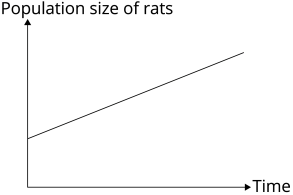
A farmer introduced a population of cats to his farm since they prey on rats. Which one of the following graphs shows a possible change in both the population of the cats and the rats after the cats were introduced?
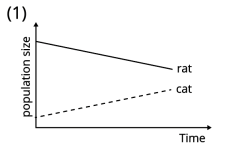
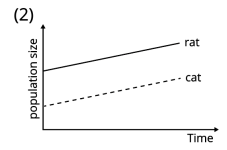
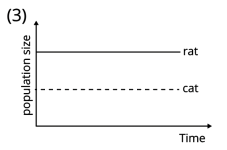
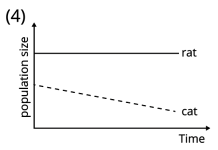
As the cat preys on the rat, the number of rats will decrease and the number of cats will increase.
Ans: (1)


 SG
SG  VN
VN 

